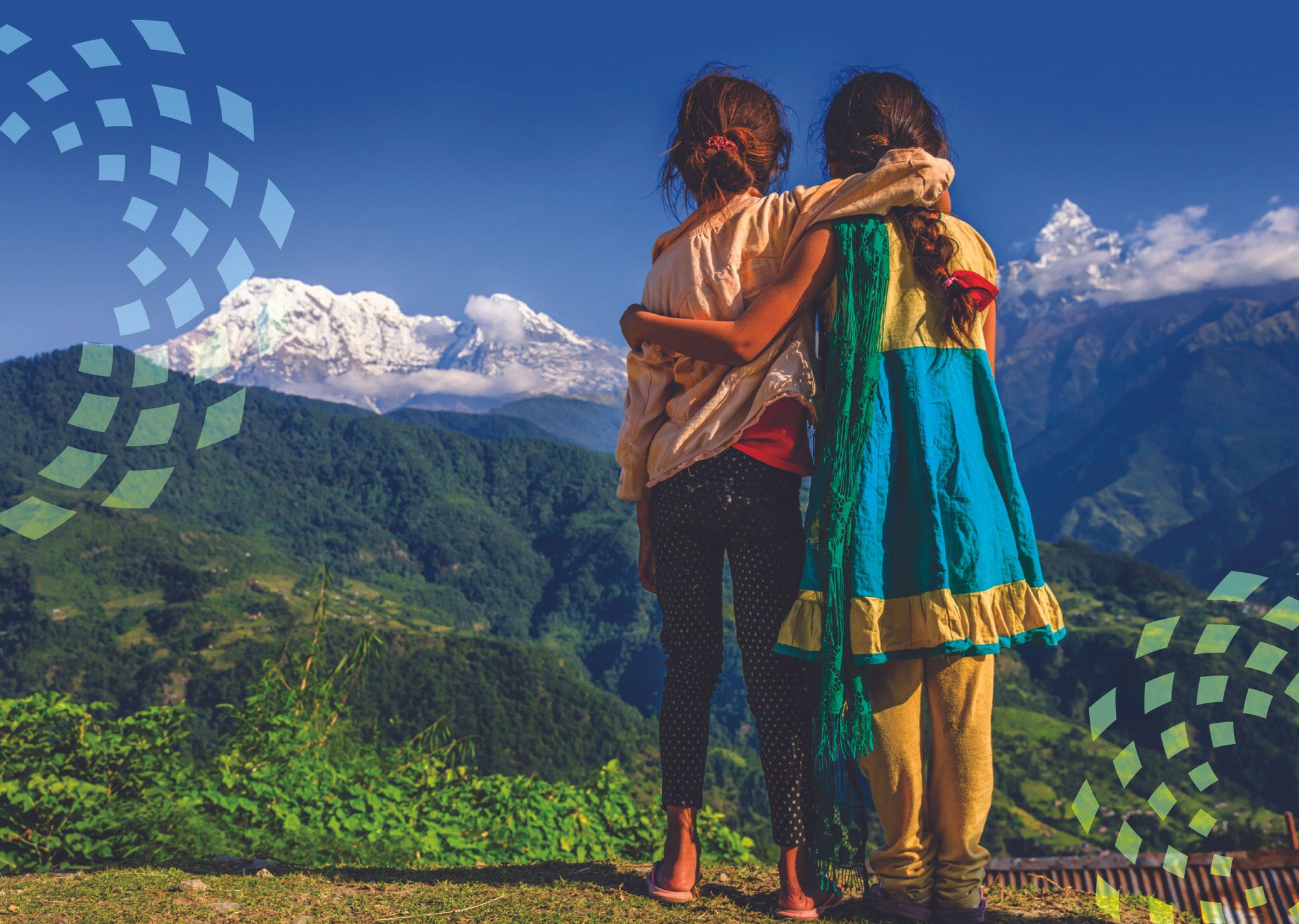In 2015, United Nations Member States endorsed the 2030 Agenda for Sustainable Development – a transformative global agenda integrating economic, social and environmental development within 17 interdependent Sustainable Development Goals (SDGs). Central to the 2030 Agenda is the pledge to meet these goals for all, leaving no one behind, and endeavouring to reach the furthest behind first. In spite of this commitment, growing inequalities - of income, wealth, access to basic needs in terms of food, shelter and clothing, but also to sanitation, education, healthcare, justice and human rights – are constraining the achievement of real, visible and long-lasting development. Failure to achieve leave no one behind constitutes a major stumbling block to the achievement of the entire set of global goals and their vision for a shared future as set in the 2030 Agenda.
The Development Co-operation Report 2018: Joining forces to leave no one behind helps clarify what committing to the pledge to leave no one behind means in practice. Recognising that there is no single answer, the report investigates this question from a range of perspectives and approaches to identify lessons and emerging practices that are making a difference. It makes a strong case for reforming and refocusing development co-operation - in terms of narrative, financing, policies, management practices and incentives - and for more deliberate, systematic and co-ordinated efforts by providers to maximise their impact on leaving no one behind.
The case studies of this compendium complement the analysis, findings and recommendations of the Development Co-operation Report 2018. They seek to inspire a multitude of actors to step-up leadership, investment and collective action by sharing experiences, good practices, innovation and lessons learnt and showing that reaching the furthest behind is achievable. The insights provided in these case studies come from a variety of actors, including official development co-operation ministries and agencies, international organisations, developing country governments, civil society organisations, business, and research bodies.
These case studies share different perspectives on what it means to leave no one behind and highlight success factors, challenges and lessons in reaching the furthest behind on the basis of diverse approaches and experiences in a range of developing country contexts. The case studies are organised under two broad categories:
1. Reaching and including people and places. These case studies include examples of how projects and programmes target populations and groups left behind – such as poor people, women and girls, children and youth, persons with disabilities, ethnic and religious minorities and the elderly – in different sectors and contexts. The case studies cover multiple sectors, including education, health, social protection, employment, human rights, urban development in fragile contexts, areas at risk of climate disasters and places that are difficult to reach for reasons of geography.
2. The enabling role of international co-operation: policies, partnerships and data. These case studies cover diverse international and development co-operation policies and programmes, and tools and instruments to identify who is left behind and where and understand the root causes. There is a strong emphasis on how policies can be more inclusive and multidimensional and several solid examples of partnerships and co-ordinated approaches that are effective in overcoming common challenges with each partner building on its comparative advantage. Many of the case studies showcase how development co-operation can play to its strengths in answering the pledge to leave no one behind.








